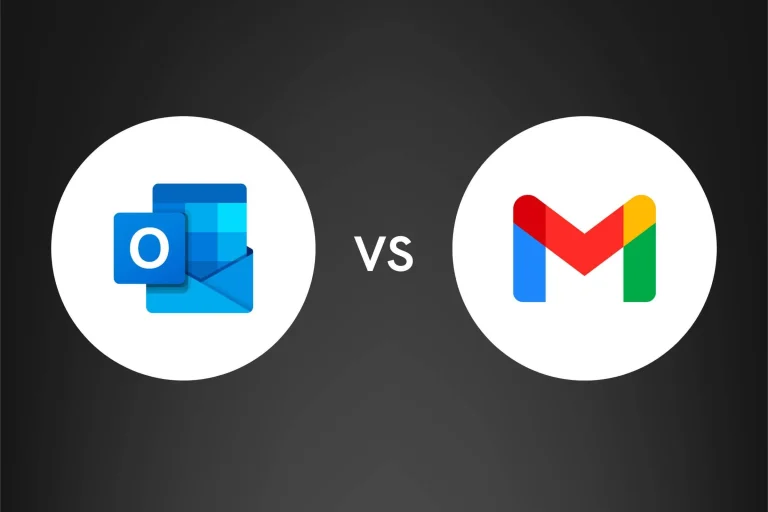In today’s rapidly-evolving digital world, if there’s one thing that should be on your business priority list (if it’s not already), it’s mobile-first design. Sounds fancy, right? But trust me, it’s not just some buzzword to impress your tech-savvy friends at the next BBQ. This approach can totally transform how your business connects with consumers. Let’s dive into why it’s such a big deal.
What is mobile-first design?
As you might have guessed from the name, it’s all about designing your digital content with mobile devices as your primary target. This is a shift from the traditional approach of creating desktop versions first, then trying to squeeze everything into a smaller mobile screen (often with mixed results).
But why is mobile-first design so crucial? Here are three key reasons:
- People are hooked on mobiles.
Did you know that as of 2021, about 54% of all web traffic came from mobile devices? Yeah, that’s right! More than half of all web browsing is happening right from the palms of our hands. By adopting a mobile-first design, you’re meeting your customers where they are, providing a seamless user experience that’s optimized for their favourite devices.
- It boosts your SEO game.
Google loves mobile-friendly websites. In fact, since 2019, Google has been using mobile-first indexing. This means Google predominantly uses the mobile version of the content for indexing and ranking. So, if you’re looking to up your SEO game (and who isn’t?), a mobile-first design is a surefire way to grab Google’s attention.
- It makes your website future-proof.
With every passing day, new smartphones, tablets, smartwatches, and who-knows-what-else are hitting the market. By embracing mobile-first design, you’re ensuring your website will look great and function smoothly, no matter what kind of device comes out next.
I can almost hear you thinking: “Okay, got it. Mobile-first design is important. But what does it actually look like in practice?” Well, it’s all about keeping things simple, intuitive, and user-friendly.
3 Key Features of Effective Mobile-First Design
Simplicity is key.
Mobile screens are not the place for information overload. You have limited space, so you must figure out what’s essential and ditch the rest.
Finger-friendly design.
People are going to be tapping, swiping, and scrolling on your website, so make sure all your buttons and links are big enough for human fingers and placed where they’re easy to reach.
Speedy loading times.
Mobile users don’t want to wait for slow pages to load. Compress your images, minify your code, and do whatever else you need to do to keep things zipping along.
Intuitive navigation.
Keep your menu and navigation simple and straightforward. Users should be able to find what they need without having to hunt for it.
There you have it. In this mobile age, adopting a mobile-first design isn’t just a trendy move—it’s strategic. It’s all about reaching your audience where they are, providing a stellar user experience, and keeping ahead in the Google game.
And really, in the face of benefits like these, who wouldn’t want to go mobile-first?

















